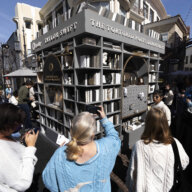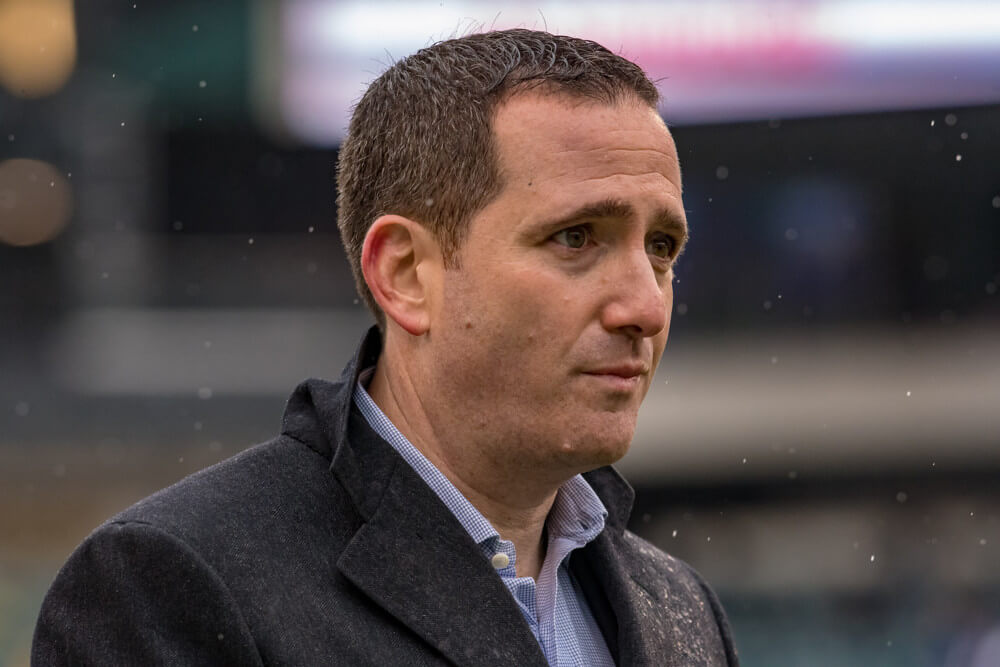From the years 1995 to 1996, I know of no photographic evidence of my existence. Why would I? Unless someone in my circle back then had a disposable camera, then decided I was photo-worthy, then snapped a pic, then bothered to get the film developed, then handed the picture to me, there would exist no picture of me. And today, whenever a friend scans and e-mails an old photo of me in my 90’s flannel glory and sends it on, it’s like a rare great white elk sighting.
Oh how things have changed. Most of us have an infant in our family, and it is likely that infant was an internet star when it was still in the womb, when mommy posted the sonogram on her Facebook wall. Our kids will grow up with their lives chronicled by iPhone videos from their earliest days.
It is the internet that has gone even further and made every parent into an amateur documentarian/public relations rep. Before Facebook and YouTube, that adorable video of junior dancing in his diapers would have been archived on a spare Betamax tape and tossed into a shoebox in the garage. Now, as Mom and Dad rubber-stamp the video with a (subjective) 10 on the cuteness meter, they have an additional outlet for showing their friends and family: posting it on the internet. For Grandmom, Grandpa…and of course, the rest of the world. The dirty, dirty world.
Recently, when a mother in Katy, Texas, posted a video on YouTube of her two-year-old dancing in his diapers, she must have been confident that others would find this video as adorable as she did. Unfortunately for her and her son, that’s exactly what happened. Initially, the mother was thrilled to see the hits jump from a few to a few thousand. That was until she learned that a private YouTube channel in Sweden was listing her son’s video. A private channel that lists videos of nude children. For people who like to look at videos of nude children.
Disgusted? Sure. So was Mom. She called the FBI. The FBI could do nothing. Here are just a few reasons why: First: It’s not too easy to send agents over to Sweden to enforce American law. Second, even if pervy Bjorn, of the Swedish YouTube channel, could be charged with a violation of American law, child pornography requires possession.
Sure, the definition has expanded to allow for use of the internet, but if I add a link pointing to YouTube to my professional website, do I “possess” the videos publicly available on YouTube’s website? A weaker argument, but Bjorn is still in the clear. This is because the American definition of child pornography requires visual material depicting a minor engaging in sexually explicit conduct. Nudity alone does not amount to child pornography. In this case, there was not even nudity, just a child in diapers. The fact that someone is turned on by that is gross, but it does not make the image criminal. If it were, then possession of every single sonogram would be a crime, unless there are onesies in vitro that I don’t know about.
More than anything, the irony here is: The closest anyone came to being involved in kiddie porn was the same person who called the FBI. It was Mom’s video, that she posted online. That single act—calling law enforcement—demonstrates that much of society has not been properly educated on the internet before they actually use it.
We enjoy the internet, but we also must accept the risk of using it. Mom thought the internet community would enjoy the video of her little snowflake as much as she did, so she posted it. She got her wish. It was enjoyed. Really enjoyed. Unfortunately, the pervs and predators will always be out there, no matter how hard we prosecute. Instead of calling law enforcement, from the start, Mom should have taken that video and put it in a safe place: that shoebox of videos in the garage, right next to my flannel shirts.
Attorney Danny Cevallos is co-founder of Philly-based law firm Cevallos & Wong. This is his first in a new monthly column for Metro. He is also writing weekly for metro.us.





























